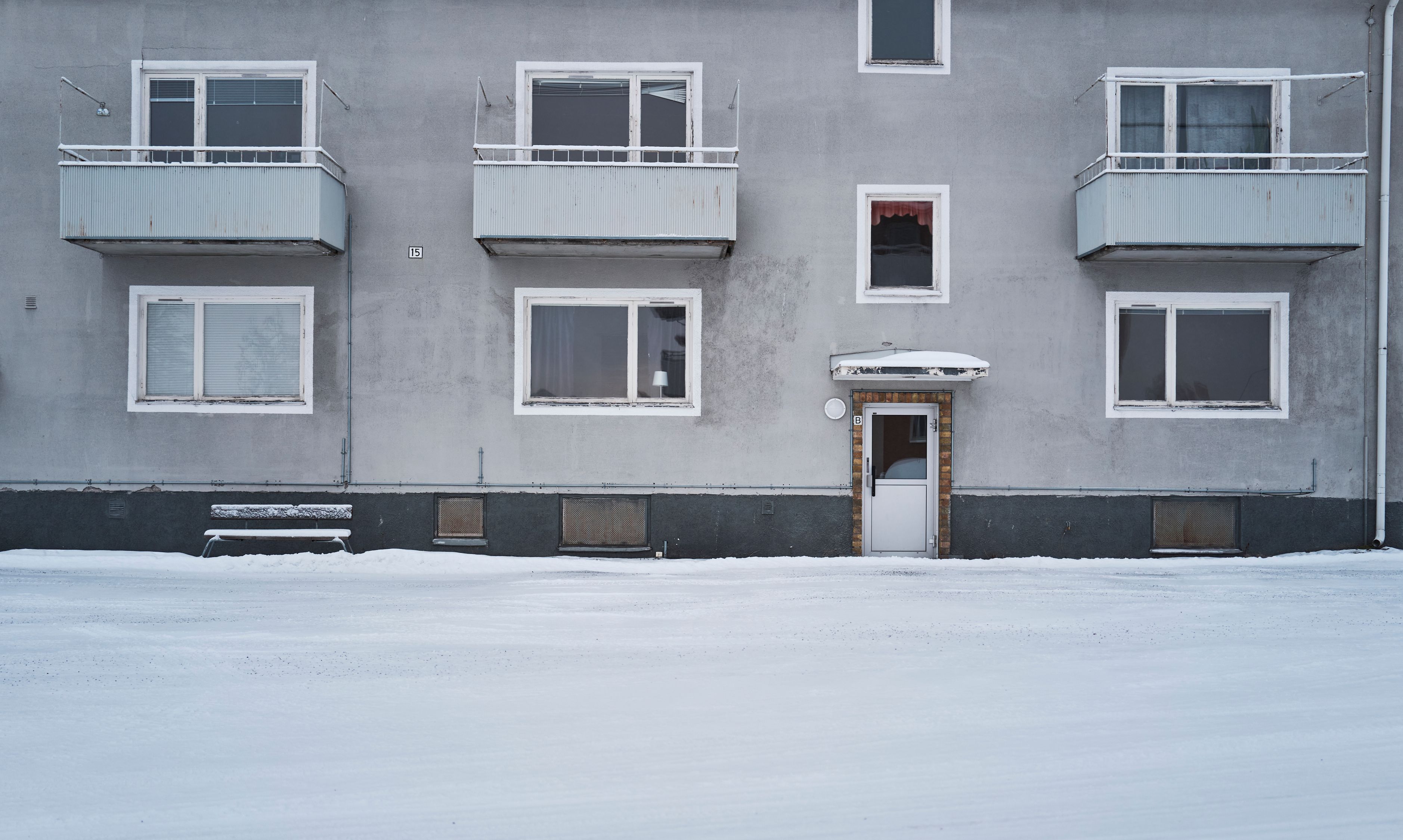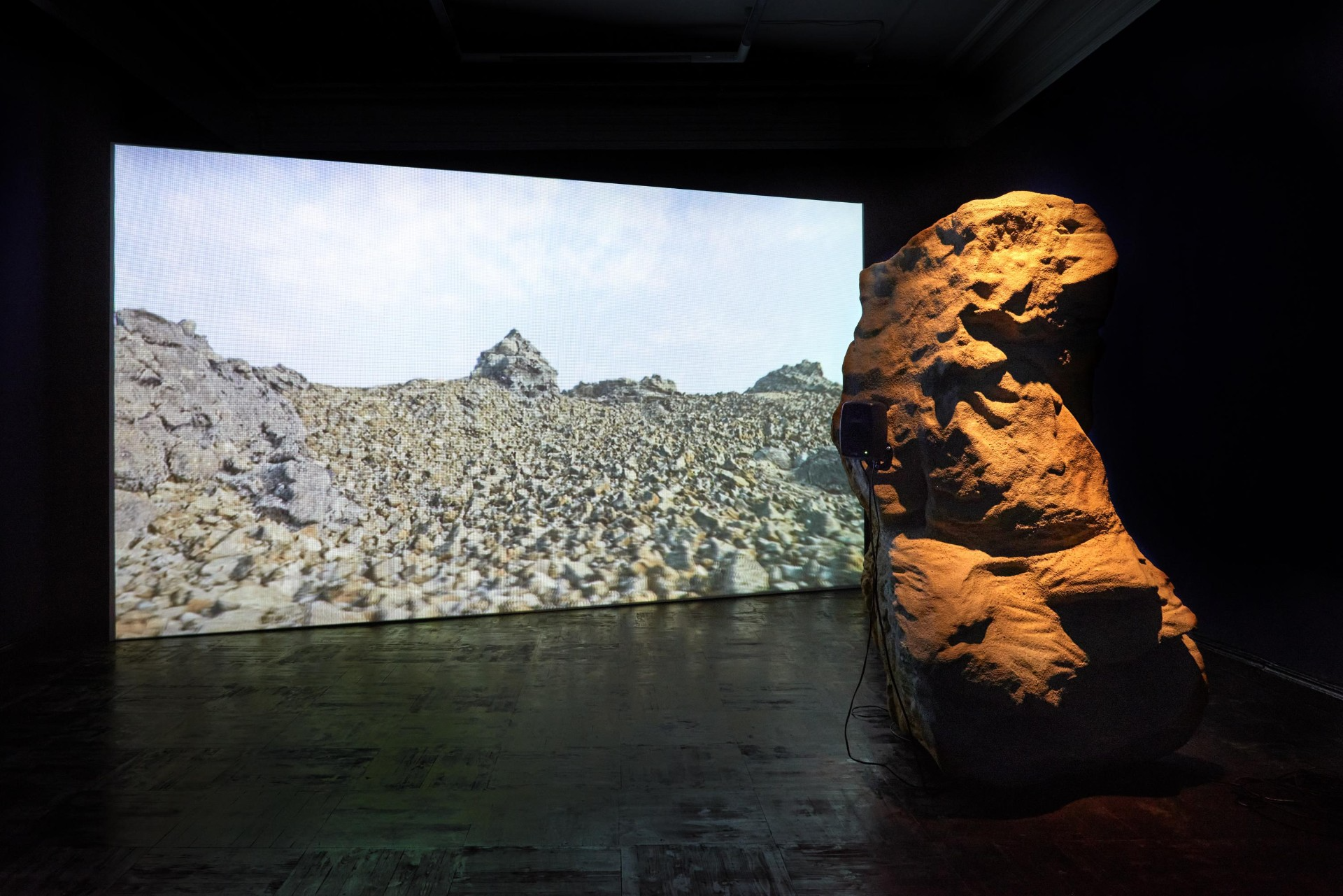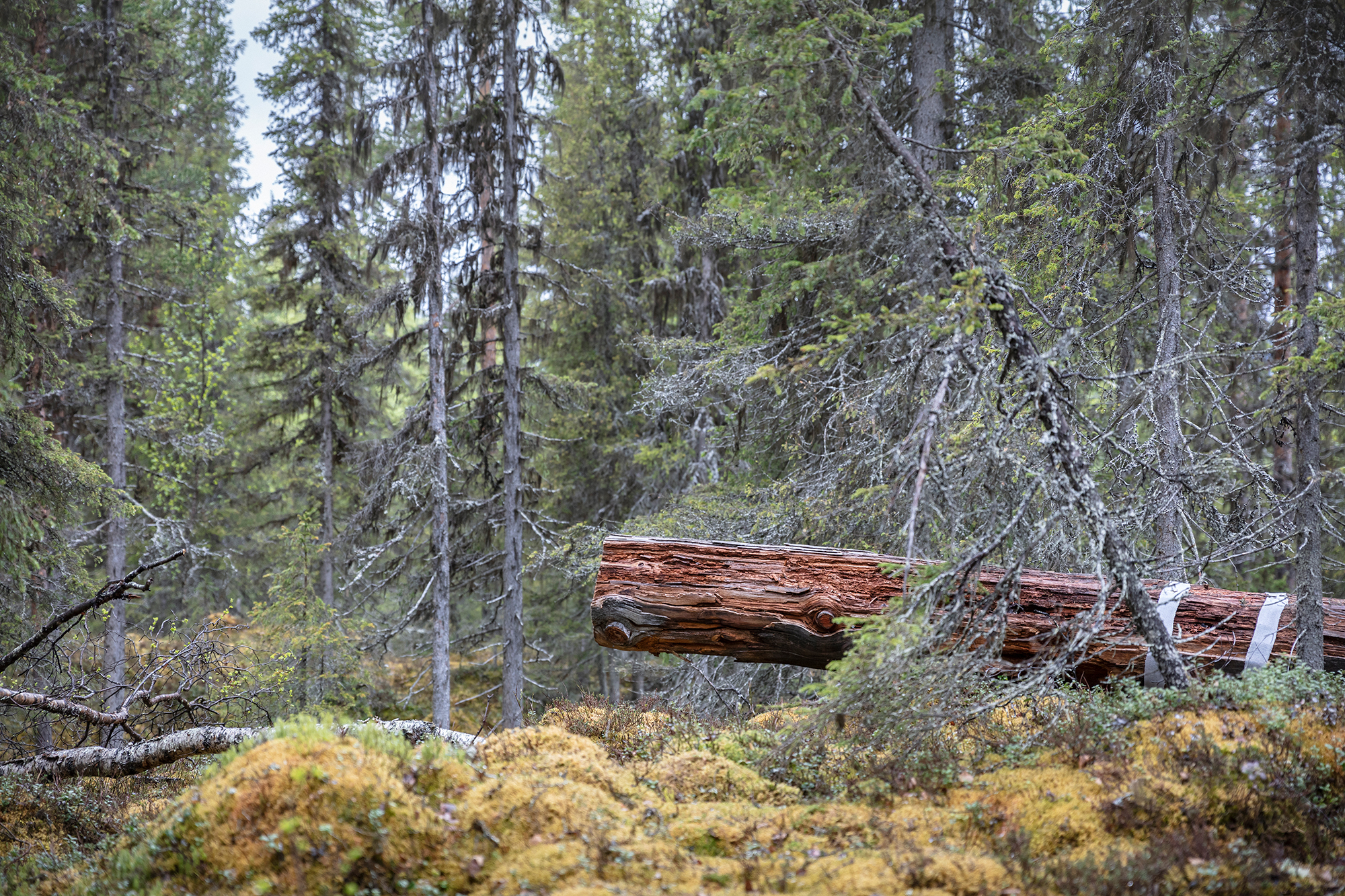Borg Mesch: A Photographer in Sápmi in the Age of Colonialism
News
With contributions by Geir Tore Holm, Hans-Olof Utsi, Mikhail Tolmachev, Norrakollektivet, and Niclas Östlind
Kin’s multi-year project takes as its starting point the work and legacy of photographer Borg Mesch (1869–1956) who spent most of his professional life in and around Kiruna. Throughout his professional trajectory he documented the first decades of the mining town, the construction of the railway to the Atlantic coast, the stunning mountainous landscape and the indigenous Sámi population. Deeply embedded in the colonial endeavors during this era, he was a well-traveled and adventurous entrepreneur who employed several people in his photographic studio and due to his endeavors, reached a celebrity status. The project engages with questions like: How do the photographic archives of colonial-era figures like Borg Mesch continue to shape and inform contemporary understandings of identity, land rights, and cultural heritage in Sápmi today?
Six artists and photographers, as well as a professor of photography have been invited to delve into the œuvre of Mesch, with the aim to produce new works all in their respective disciplines. They are Geir Tore Holm, Hans-Olof Utsi, Mikhail Tolmachev, Norrakollektivet, and Niclas Östlind. The exhibition Borg Mesch: A Photographer in Sápmi in the Age of Colonialism is realized in collaboration with the cultural department of Kiruna Municipality, the holder of a substantial collection of Mesch’s photographs.
The artist Geir Tore Holm (b. 1966 in Romsa/Tromsø) grew up in the Sámi village Olmmáivággi/Manndalen. Together with his partner Søssa Jørgensen he lives and works at Øvre Ringstad Farm in Skiptvet, Østfold, close to Oslo. Holm is a graduate of Trondheim Academy of Fine Art in, completing his studies there in 1995. He is a founder and member of the community art project and collective Sørfinnset skole / the nord land based in Gildeskål, Nordland and active since 2003.
Hans-Olof Utsi (b. 1968) based in Kiruna, is a photographer who was raised in the village Närvä/Nearvá/Mertajärvi near Karesuando where his Sámi family had a small farm. Trained at the photography school Öytun FHS in Alta, he is working as a cinematographer and photographer, mixing documentary photography, short films, and documentary films. By trade, Utsi is also a commercial photographer.
Mikhail Tolmachev (b. 1983, Moscow) is an artist and researcher based in Leipzig. His interdisciplinary practice explores the relationship between memory, photography, and history. He is currently enrolled in the PhD-in-Practice program at Bauhaus-Universität Weimar, where he studies a dispersed photographic archive from one of the first Soviet forced labor camps. Working with installations, video essays, and printed matter, he combines artistic and theoretical approaches to examine the fragility of historical narratives and the constructed nature of memory.
Under the name Norrakollektivet, Anja Öhrn, Fanny Carinasdotter, and Tomas Örn focus on the consequences of an open pit-mine in the north, the Aitik mine outside Gällivare. This is undertaken by developing a relationship with and understanding of the landscape, the villages, and the tracks that surround the mining business. Since 2016 the artists have been working together in a collaborative practice. Collectively, they’ve studied the consequences of mineral extraction as well as the measures being taken to save the damaged ecosystem. They are based in Luleå and Umeå.
Niclas Östlind is a professor of photography, curator, and vice prefect of research at HDK-Valand—Academy of Art and Design, University of Gothenburg. He holds a PhD in photography, and his thesis, Performing History (2014), examines the professionalization of photography in Sweden from 1970 to 2014 through exhibitions, interviews, and cultural-sociological methods.
Borg Mesch: A Photographer in Sápmi in the Age of Colonialism is part of Kin’s multi-year inquiry The Critical Zone.
Main image: Geir Tore Holm, Fra performance, åpning av Ä´vv Saami Mu´zei, 2010.
Image 2: Hans-Olof Utsi
Image 3: Mikhail Tolmachev, talking stone, audio visual installation 2020.
Image 4: Anja Öhrn, Fanny Carinasdotter och Tomas Örn, En plats försvinnande (2020)


